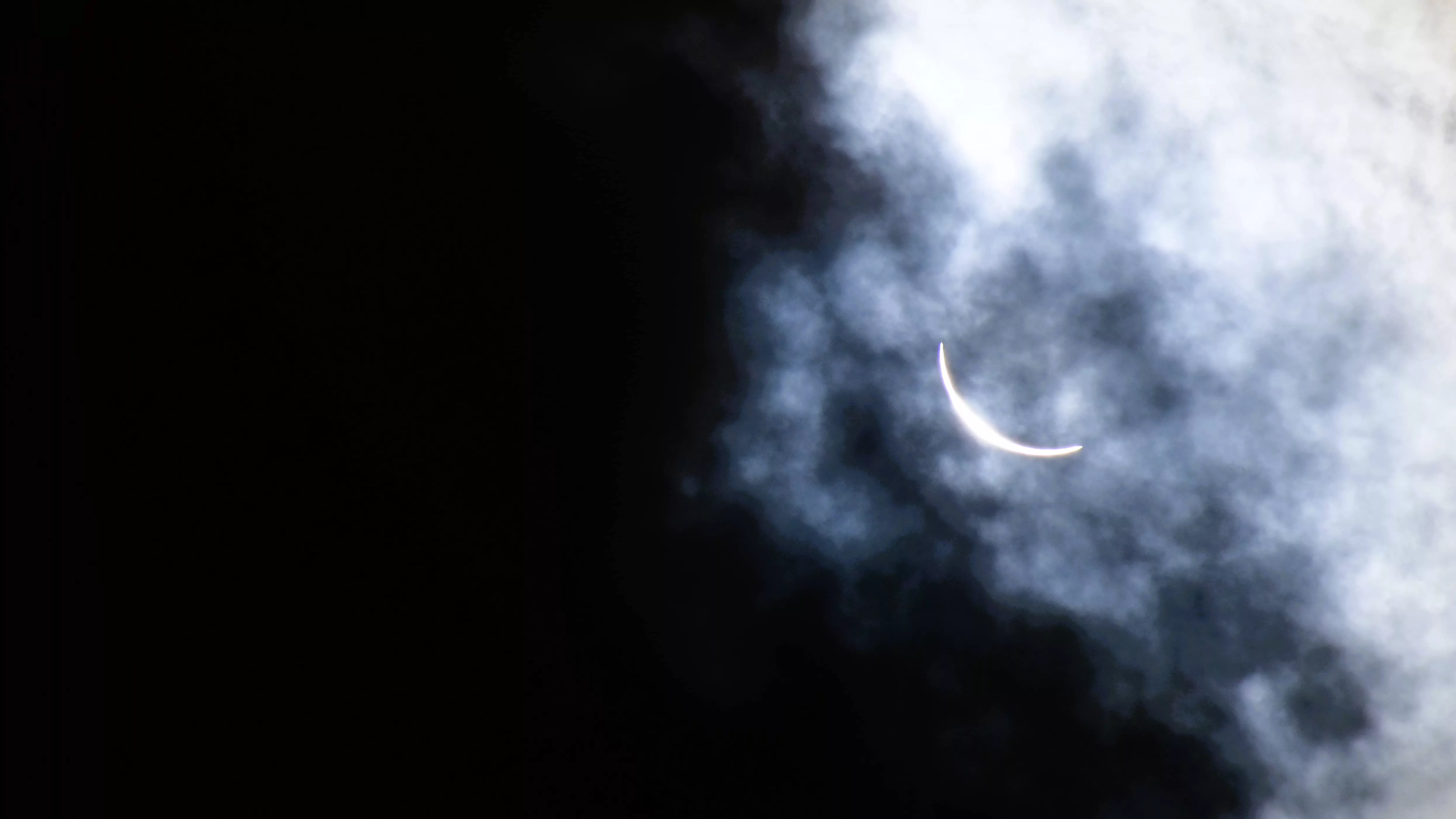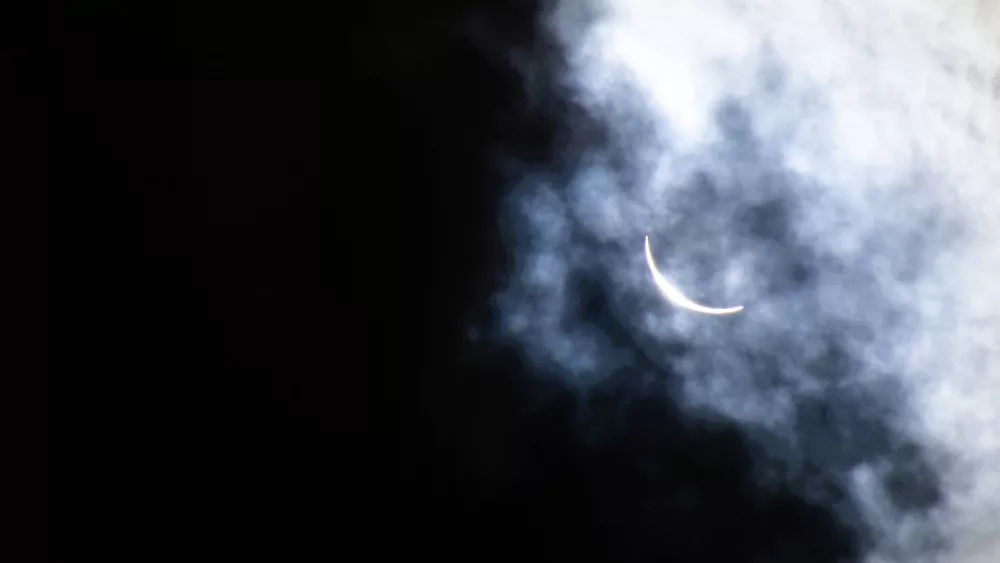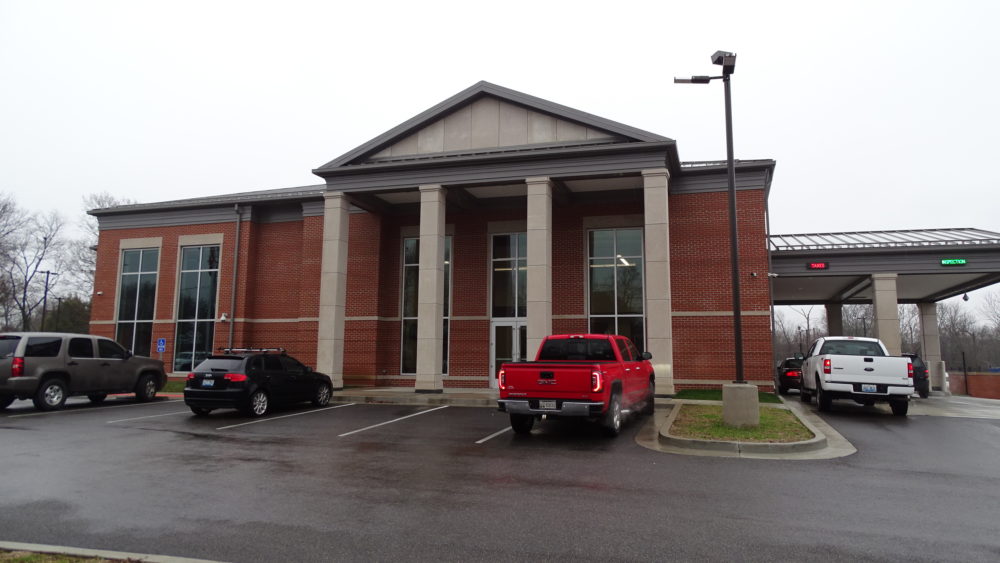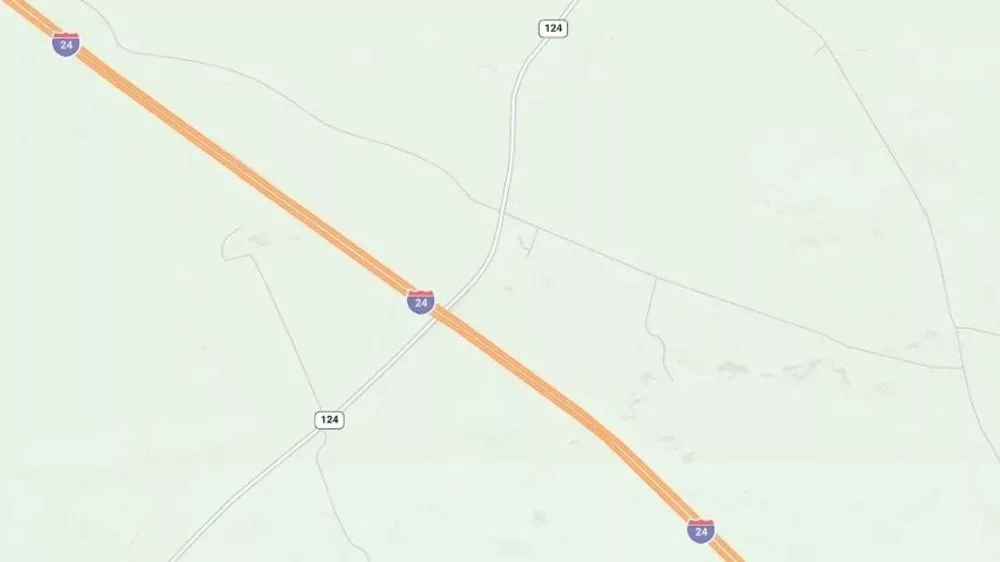
That’s the sound of more than 1,000 Trigg County Schools students — screaming across the campus between 2:02 and 2:05 PM Monday, as the moon covered the sun in the long-anticipated solar eclipse.
For the youngest Wildcats, those kindergartners and first graders, it was their first time ever seeing something so special in the sky.
But for everyone else, it was their second time in the last seven years — following complete totality in 2017 with near totality in 2024.
A 10-year Trigg County Middle School teacher, Brittan Fuller had her seventh-grade class near the 50-yard line of Perdue Field. And this was a chance to take what’s learned in the classroom, and apply it.
The next time her students will get a chance to see something like this so close to west Kentucky: 2045. Lydia Esposito, now 12, said she would be 32 years old that next go round, but she enjoyed this chance to get outside to see it — and could easily remember her first eclipse.
Now she’s old enough to understand what was happening.
Kristina Thompson and her sixth-grade class were seated on the left side of the visitor’s bleachers, camped out waiting for the clouds to break.
A teacher at Trigg County for 17 years, and middle school science the past three, she said her students had just finished up a brief unit discussing the moon, lunar and solar eclipses and other related subjects — in preparation for the rare experience.
Her students Zoey Treat, Sara Stanfield, Eliza Weeks, Evelyn Reese and Mia White were agog about the event, and for good reason. Details, for the most part, are fuzzy on their 2017 experiences — so this was different.
Treat and Stanfield, respectively, are stepsisters now, and had plenty of family reasons to embrace the eclipse.
Reese called the afternoon “cool” and “awesome,” while Weeks — counting down the final moments — noted it was special to share this with her little brother.
White, however, said she remembered the 2017 eclipse because it fell on her birthday, but applying the classroom learning makes this even more memorable.
Nearly 100 miles wide, 15 states experienced totality.
No data found.





